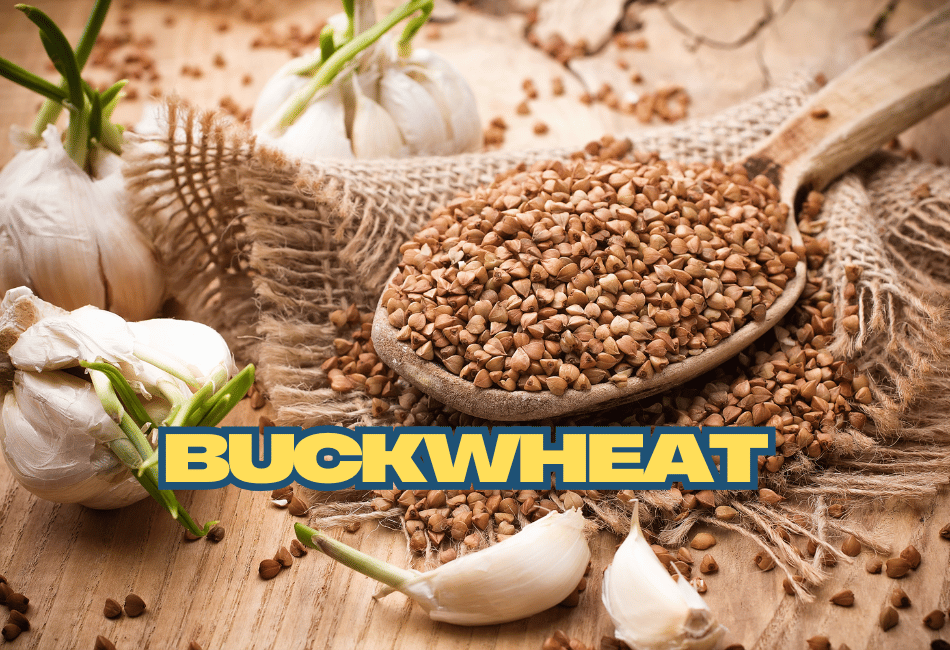
When it comes to feeding your baby, it’s always exciting to explore new, healthy foods that are gentle on their stomach and packed with nutrients. Buckwheat baby foods are gaining more and more attention as a nutritious and gentle option for little babies. It is one of those foods that might surprise you with its versatility and nutritional power. As a gluten-free, protein-packed seed, buckwheat offers great benefits for your baby’s growing body. In this article, we’ll cover when and how to introduce buckwheat to your baby, tips on how to cook it, and ways to make it more appealing if your baby is reluctant to try it.
When to Introduce Buckwheat to Your Baby
Buckwheat can typically be introduced to babies around 6-8 months of age when they start solid foods. It’s a great alternative to traditional baby cereals, especially for babies with gluten sensitivities or allergies. When introducing any new food, it’s always important to do so gradually, offering a small amount and observing your baby for any reactions.
How to Serve Buckwheat Based on Age
As your baby grows, you’ll want to adjust the form in which you serve buckwheat to match their developmental stage. Here’s how to serve buckwheat for babies at different ages:
6-9 months
For younger babies who are just beginning to eat solids, buckwheat should be cooked very soft and mashed or blended to avoid any choking hazards. At this stage, you can serve buckwheat porridge or even mix it with pureed fruits or vegetables for added flavor and nutrition. Always make sure the consistency is smooth and easy for your baby to swallow.
9-12 months
Once your baby becomes more adept at eating solids, you can begin introducing small, soft, easily mashable pieces of buckwheat. Buckwheat can be served as a soft grain, perfect for baby-led weaning (BLW), or as part of a more textured dish. You can offer small, soft buckwheat pancakes, or serve it as part of a mixed meal like a veggie or protein-based dish.
12+ months
At this age, your toddler is probably ready for a wider variety of textures, and buckwheat can be served in a more whole form. You can continue offering buckwheat as a base for more complex meals, like soups or stews, or as a side dish alongside other grains or vegetables.
How to Cook Buckwheat for Babies
Cooking buckwheat properly is key to making it both digestible and appealing for your baby. Here are some essential tips on how to cook buckwheat depending on your baby’s age:
- Rinse the Buckwheat: Start by rinsing buckwheat groats well before cooking to remove any debris and to ensure it’s clean.
- Cooking Method:
- Cook the buckwheat for baby in a high amount of water or breast milk/formula to make it soft and easy to mash.
- For older babies or toddlers, cook it in less liquid for a firmer texture, and let it cook longer if you want it to be softer.
- For a quick meal, you can also buy pre-cooked buckwheat for added convenience.
- Consistency: Adjust the texture based on your baby’s ability to chew. For purees, cook the buckwheat longer, so it breaks down easily, and blend it smooth. For older babies, leave the buckwheat a bit chunkier for them to practice their chewing skills.
10 Creative recipes that contain buckwheat
When it comes to introducing buckwheat for baby, there are many creative and nutritious ways to prepare it. Here are 10 great ideas to try:
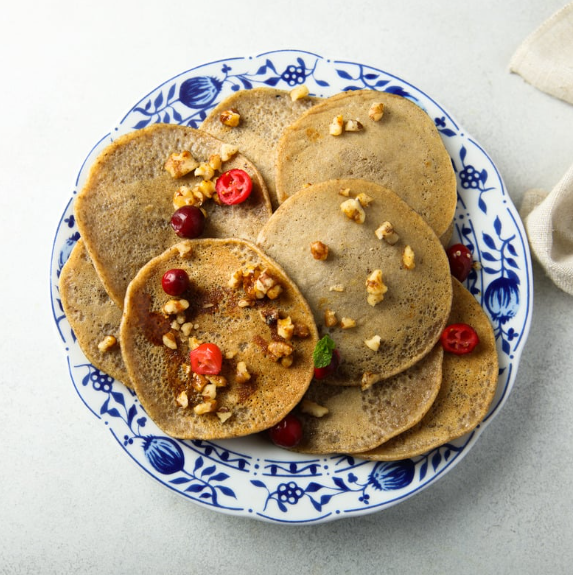
- Creamy Buckwheat Porridge with Banana
- Buckwheat and Apple Pancakes
- Buckwheat and Veggie Fritters
- Buckwheat and Avocado Baby Bowl
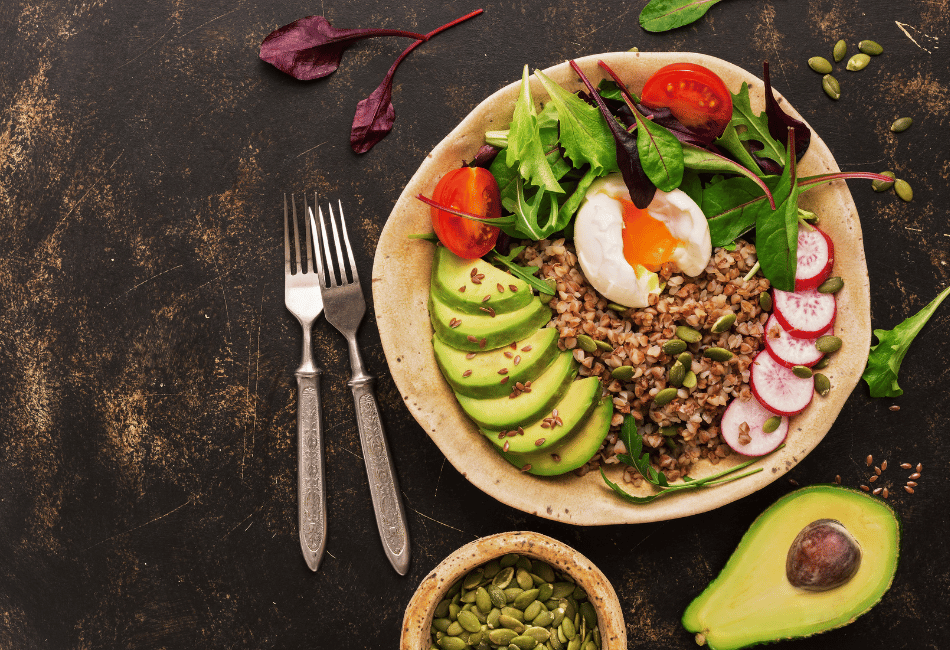
- Buckwheat Salad with Roasted Vegetables
- Buckwheat and Chicken Stir-Fry
- Buckwheat and Sweet Potato Patties
- Buckwheat Risotto with Peas and Carrots
- Buckwheat and Spinach Veggie Cakes
- Buckwheat Wraps with Hummus and Veggies
These recipes offer a range of textures and flavors, from purees for younger babies to more solid foods suitable for babies over 12 months, giving them the opportunity to explore new tastes and develop their chewing skills.
Tips for Making Buckwheat More Appealing to Babies
Not every baby will immediately love the taste of buckwheat. If your little one isn’t a fan of the flavor or texture, here are some tips to make it more appealing:
- Mix with Other Flavors: If your baby doesn’t like the taste of plain buckwheat, try mixing it with flavors they already enjoy. You can blend buckwheat with pureed fruits like apple, pear, or banana, or even sweet potato or carrot for added sweetness and nutrition.
- Add Spices: Once your baby is ready for new flavors (typically after 8-9 months), try adding mild spices like cinnamon or nutmeg to buckwheat porridge to enhance its flavor. Just be sure to keep it mild and watch for any sensitivities.
- Texture Tweaks: Some babies may find the texture of buckwheat unusual. If your baby doesn’t like the whole form, make sure to mash or blend it with liquid to achieve a smoother texture. You can also try buckwheat flour to make pancakes or waffles, which may be easier for your baby to pick up and eat.
- Serve with Familiar Foods: If buckwheat on its own is a tough sell, serve it alongside other familiar foods your baby enjoys. For example, mix it with mashed avocado, scrambled eggs, or yogurt for a more balanced meal that may be more tempting.
Buckwheat Baby Food Storage Tips
Preparing buckwheat ahead of time can save you time during busy days. Here’s how to store it:
- In the Refrigerator: Store cooked buckwheat in an airtight container for up to 2-3 days.
- In the Freezer: If you have leftovers, you can freeze cooked buckwheat for up to a month. Consider portioning it out in ice cube trays for easy defrosting.
- Tip: For convenience, you can freeze buckwheat porridge in small portions and defrost them as needed.
Why Buckwheat is a Great Choice for Your Baby
Buckwheat baby foods are excellent choice to introduce to your baby for several reasons. It’s naturally gluten-free, making it a great option for babies with gluten sensitivities. It’s also high in protein, fiber, magnesium, and antioxidants, which support your baby’s development. Whether you’re introducing buckwheat for your baby for the first time or looking for ways to incorporate it more into your baby’s diet, it’s a versatile and healthy option to try.
Introducing new foods to your baby can be challenging, but buckwheat is a nutrient-rich option that’s worth trying. I hope this guide helps you feel more confident about adding buckwheat to your baby’s diet!
I’d love to hear about your experiences with introducing new foods to your baby! Have you tried buckwheat for your baby yet? How did your baby like it, and what other baby-friendly grains or foods have you found helpful? Leave a comment below and share your story!
FAQ About Buckwheat for Babies
Q: When can I start feeding my baby buckwheat?
A: Buckwheat can typically be introduced around 6-8 months when your baby starts eating solids. Always check with your pediatrician if you have any concerns.
Q: Is buckwheat safe for babies with gluten intolerance?
A: Yes, buckwheat is naturally gluten-free, making it a great alternative to wheat-based foods for babies with gluten sensitivity.
Q: How should I cook buckwheat for baby who is 6-month-old?
A: For babies under 9 months, cook buckwheat until it’s soft and blend or mash it with liquid (water or breast milk) to create a smooth consistency.
Q: My baby doesn’t like the taste of buckwheat. What can I do?
A: Try mixing buckwheat with fruits like banana, apple, or pear, or blend it with veggies like sweet potato to add sweetness and texture. Mild spices like cinnamon can also help.
Q: Can I use buckwheat in baby-led weaning?
A: Absolutely! Once your baby is around 9-12 months old, you can serve small, soft pieces of buckwheat as part of a baby-led weaning meal.
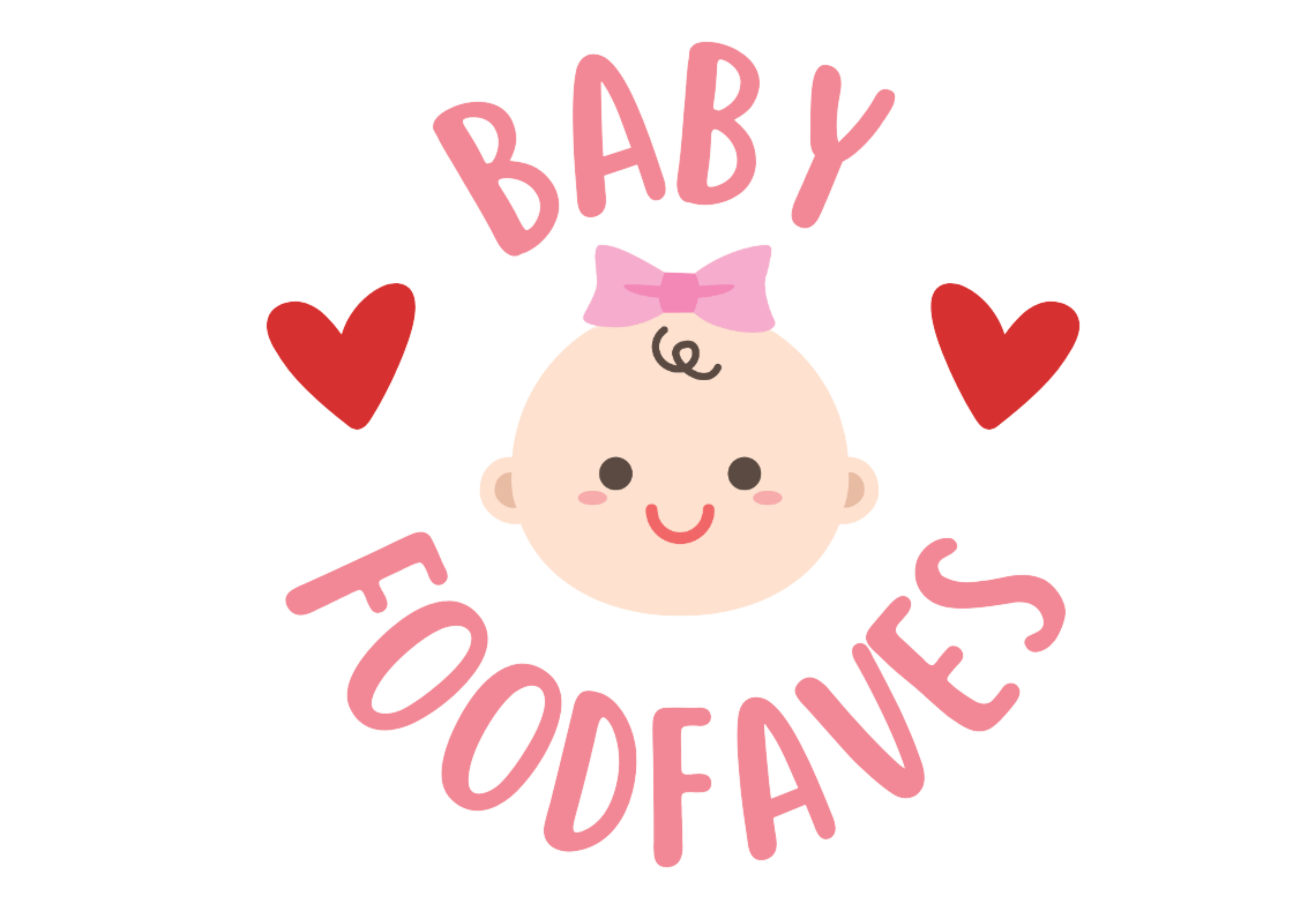


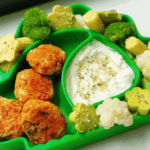
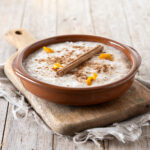





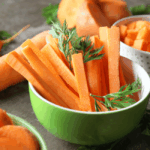


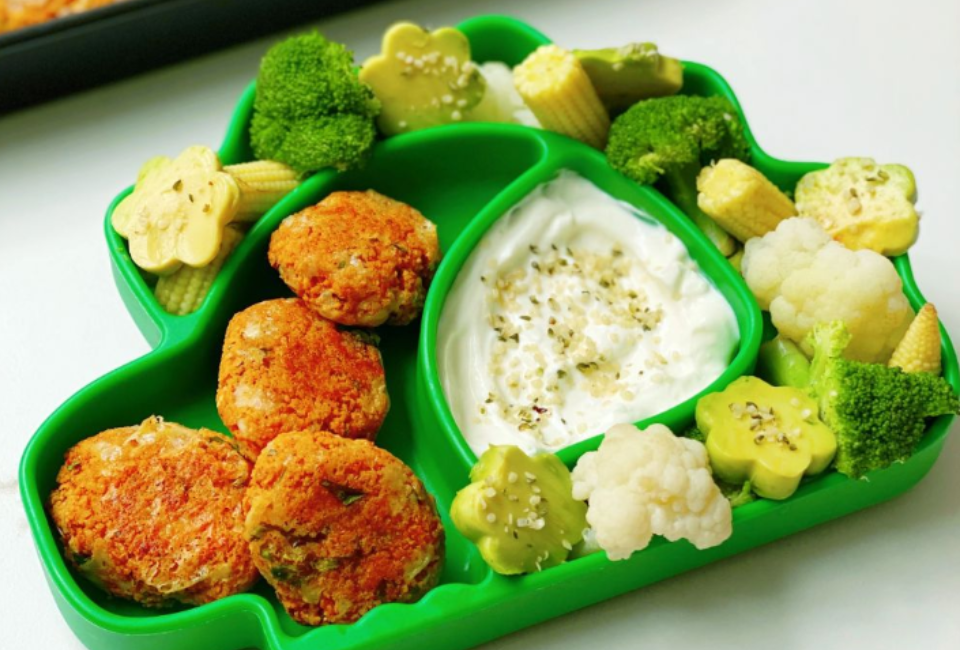
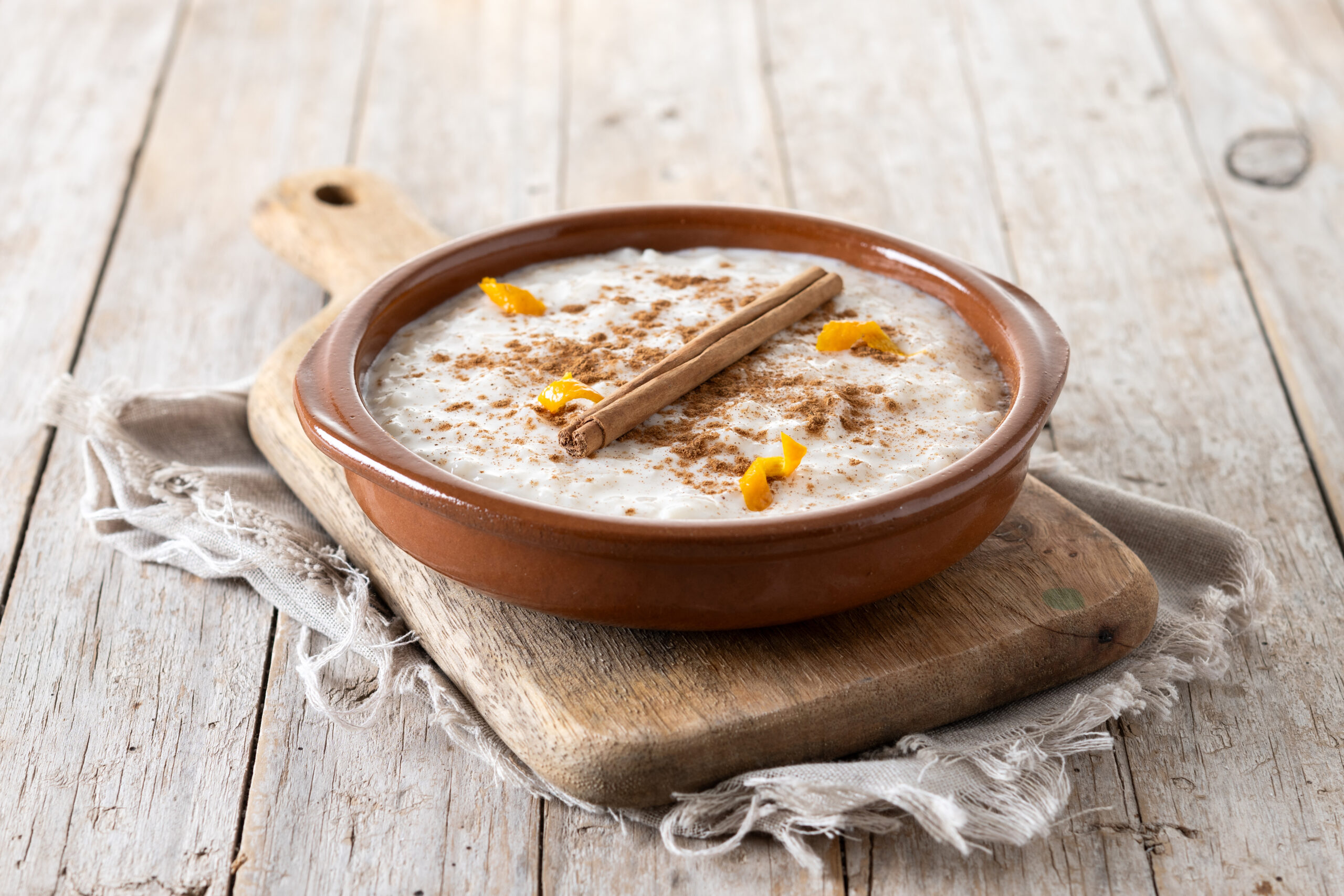
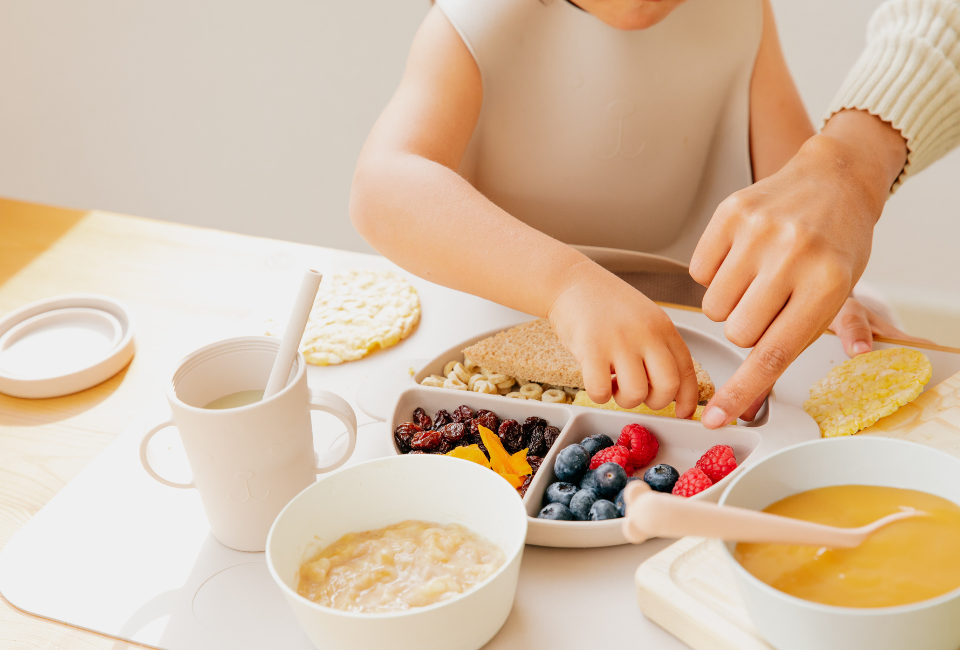
Leave a Reply